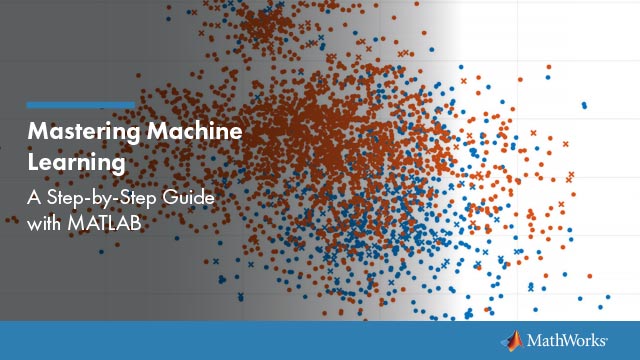RegressionPartitionedEnsemble
Package:classreg.learning.partition
Superclasses:RegressionPartitionedModel
Cross-validated regression ensemble
Description
RegressionPartitionedEnsembleis a set of regression ensembles trained on cross-validated folds. Estimate the quality of classification by cross validation using one or more “kfold” methods:kfoldfun,kfoldLoss, orkfoldPredict. Every “kfold” method uses models trained on in-fold observations to predict response for out-of-fold observations. For example, suppose you cross validate using five folds. In this case, every training fold contains roughly 4/5 of the data and every test fold contains roughly 1/5 of the data. The first model stored inTrained{1}was trained onXandYwith the first 1/5 excluded, the second model stored inTrained{2}was trained onXandYwith the second 1/5 excluded, and so on. When you callkfoldPredict, it computes predictions for the first 1/5 of the data using the first model, for the second 1/5 of data using the second model and so on. In short, response for every observation is computed bykfoldPredictusing the model trained without this observation.
Construction
cvens= crossval(ens)ens, a regression ensemble. For syntax details, see thecrossvalmethod reference page.
cvens= fitrensemble(X,Y,Name,Value)Nameis one of'crossval','kfold','holdout','leaveout', or'cvpartition'. For syntax details, see thefitrensemblefunction reference page.
Input Arguments
|
A regression ensemble constructed with |
Properties
|
Bin edges for numeric predictors, specified as a cell array ofpnumeric vectors, wherepis the number of predictors. Each vector includes the bin edges for a numeric predictor. The element in the cell array for a categorical predictor is empty because the software does not bin categorical predictors. The software bins numeric predictors only if you specify the You can reproduce the binned predictor data X = mdl.X; % Predictor data Xbinned = zeros(size(X)); edges = mdl.BinEdges; % Find indices of binned predictors. idxNumeric = find(~cellfun(@isempty,edges)); if iscolumn(idxNumeric) idxNumeric = idxNumeric'; end for j = idxNumeric x = X(:,j); % Convert x to array if x is a table. if istable(x) x = table2array(x); end % Group x into bins by using the
Xbinnedcontains the bin indices, ranging from 1 to the number of bins, for numeric predictors.Xbinnedvalues are 0 for categorical predictors. IfXcontainsNaNs, then the correspondingXbinnedvalues areNaNs. |
|
Categorical predictor indices, specified as a vector of positive integers. |
|
Name of the cross-validated model, a character vector. |
|
Number of folds used in a cross-validated tree, a positive integer. |
|
Object holding parameters of |
|
Numeric scalar containing the number of observations in the training data. |
|
Vector of |
|
The partition of class |
|
A cell array of names for the predictor variables, in the order in which they appear in |
|
Name of the response variable |
|
Function handle for transforming scores, or character vector representing a built-in transformation function. Add or change a ens.ResponseTransform = @function |
|
Cell array of ensembles trained on cross-validation folds. Every ensemble is full, meaning it contains its training data and weights. |
|
Cell array of compact ensembles trained on cross-validation folds. |
|
The scaled |
|
A matrix or table of predictor values. Each column of |
|
A numeric column vector with the same number of rows as |
Object Functions
kfoldLoss |
Loss for cross-validated partitioned regression model |
kfoldPredict |
预测反应的观察cross-validated regression model |
kfoldfun |
Cross-validate function for regression |
resume |
Resume training ensemble |
Copy Semantics
Value. To learn how value classes affect copy operations, seeCopying Objects.

